How can I add descriptions like version, copyright, file description etc. to a single file (exe)

python pyinstaller.py -F -w -i favicon.ico C:\Projekte\Eclipse\MyApp\app.pyw
How can I add descriptions like version, copyright, file description etc. to a single file (exe)

python pyinstaller.py -F -w -i favicon.ico C:\Projekte\Eclipse\MyApp\app.pyw
--version-file=versioninfo.txt
Example:
PATH_TO\PyInstaller-2.1\tests\basic\test_pkg_structures-version.txt
Read the Manual "Capturing Windows Version Data".
PyInstaller ships with some utilities, including:
The first will get version information from an EXE file and save it to a text file. The second will get the version information from a text file and embed it inside of an EXE file.
These utilities are in the Scripts subfolder of your Python installation (at least on a Windows install). You can run them from the command line (DOS prompt). You can either add the Scripts subfolder to your path to be able to run these commands or you'll have to type the entire path from whatever path you're in.
I recommend you use the pyi-grab_version utility on your EXE file. It will save a new file called file_version_info.txt. You can edit this file to change values and descriptions to what you want. Then you can either modify your EXE file with pyi-set_version or you can remake your EXE file, but now use the --version-file switch as described here.
I recomend to you that read this thread, Comprehensive tutorial on Pyinstaller?. Would be help to you. By the other hand, I used py2exe, if you use py2exe is most powerfull, i left to you a setup.py of py2exe, on this setup.py you see the properties that you want to get to you app.exe.
from distutils.core import setup
import py2exe, sys
import glob
setup(
name='AppName',
version='1.0',
scripts=['src\modInicio\inicio_class.py'],
windows=['src\modInicio\inicio_class.py'],
data_files=[('glade', glob.glob('interface\Sname.glade')), ('', glob.glob('gui/config.ini'))],
packages=['src\modules'],
options={'py2exe':{'packages':'encodings,reportlab',
'includes':'gtk,gtk.glade,cairo,pango, pangocairo, atk,gobject, logging, sqlalchemy,sqlalchemy.ext.sqlsoup'
},
'sdist':{'formats':'zip'}
}
)
I leave you here this link, http://www.pyinstaller.org/export/develop/project/doc/Manual.html ,in it documentation appear things like this
Windows specific options:
--version-file=FILE
add a version resource from FILE to the exe
-m FILE, -m XML, --manifest=FILE, --manifest=XML
add manifest FILE or XML to the exe